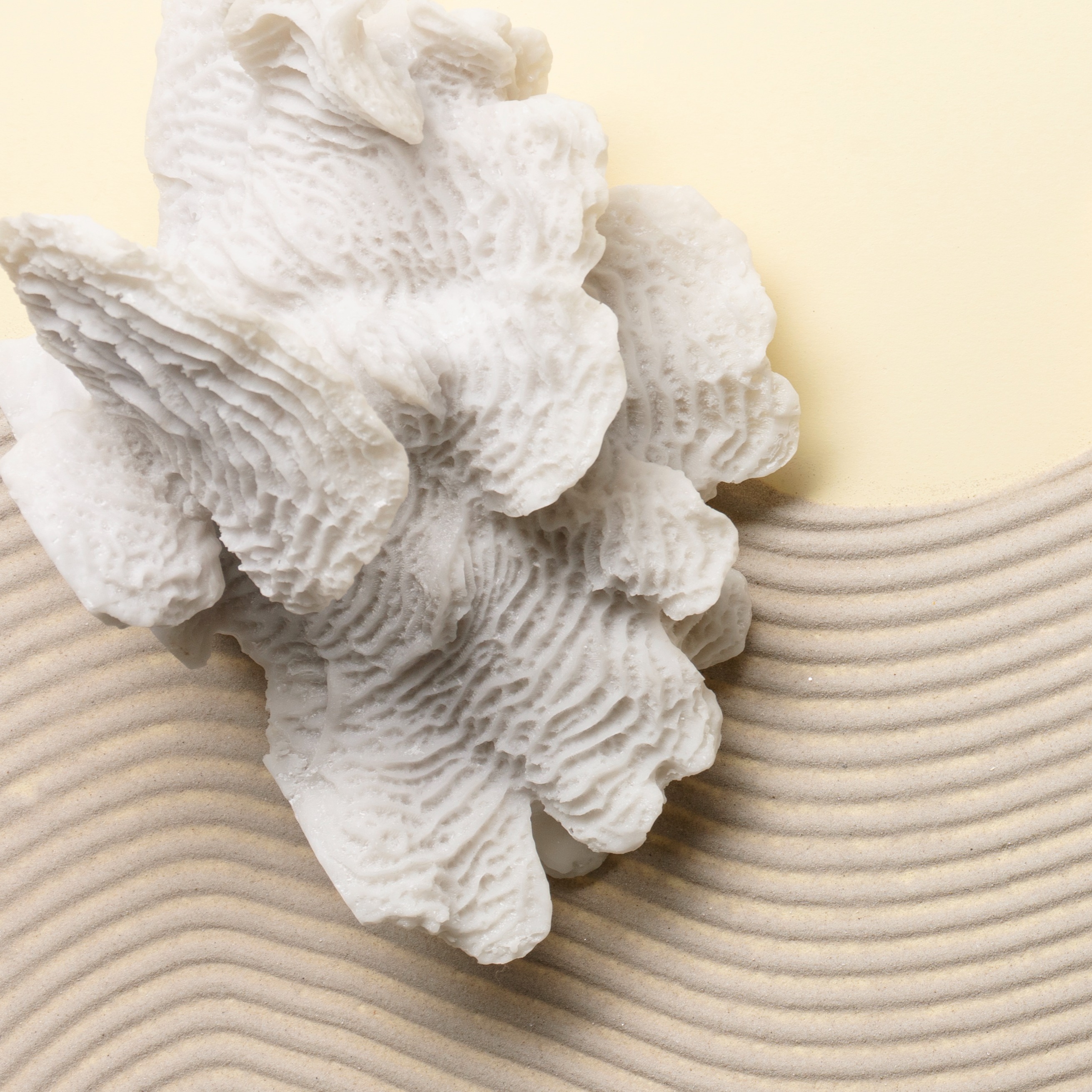Sun protection
Nano versus non-nano particles in sun care
22 May 2024

Nano what? Maybe you've heard about this one before. Or maybe you haven't. So we'll start at the beginning. What are nanoparticles? These are teeny tiny particles that you can't see with the naked eye. They are one billionth of a meter, so really very small. Nanoparticles are used in sun protection. Being this small has its advantages: it mixes easily with other ingredients, you can apply your sunscreen or lotion easily and you can see that you are getting a tan. Non-nano is also used in sun protection. Non-nanoparticles are a lot larger, which has the advantage that the particles in your sunscreen cannot penetrate your skin layer. Um, penetrating skin? Just read along.
Nanotechnology is often used in sun care. To understand exactly how this works, you first need to know about the different types of UV filters used in sun protection. After all, one is not the other. There are so many different types and qualities. For example, non-mineral filters (sometimes referred to as chemical filters), like oxybenzone and octinoxate. A mineral filters, like titanium dioxide and zinc oxide. Mineral filters come in nanoparticle or none-nanoparticle form.
Non-mineral filters penetrate your skin and that's where the UV rays are absorbed. The resulting skin reaction is what provides the sun protection. The disadvantage of non-mineral filters is that this skin reaction can also actually become an allergic reaction. Non-mineral UV filters are synthetic molecules that are even much smaller than nano-particles. Mineral filters, on the contrary, leave a layer on your skin, like tiny mirrors, which means that the sun's rays are reflected. The chance of a skin reaction is minimal with a mineral filter and the skin is immediately protected. The disadvantage is that they often leave a white cast on the skin.
What about the nanoparticles in UV filters? To prevent this white cast in mineral filters, they have come up with something clever: they make the zinc and titanium particles so small that you no longer turn into Casper the Ghost. Nanoparticles are so small that they appear to be transparent and at the same time they reflect UV radiation. As a nanoparticle, a mineral filter barely leaves a white layer.
The disadvantage of these minuscule particles is that they are also so small that they can be absorbed into the epidermis. The particles can move into the bloodstream and be absorbed by the body. Those who prefer not to have this can go for non-nano. These are much larger and remain on the skin. This means that they form a layer on the skin and do not get into your skin.
Better for the ocean By going for a summer swim, you will leave sunscreen in the sea. Every year, more than 14,000 tons of sunscreen end up in the sea because of our summer dips. Say what?! This means that nanoparticles disappear into the ocean as well, which has an impact on marine life such as coral. Nanoparticles are absorbed by the coral just like our own skin does. The effects long term of this are not known, but we know that sunscreen plays a major role in coral bleaching and coral death.
Unfortunately, we cannot prevent sunscreen from ending up in the oceans. We can, however, choose a sunscreen that at least does not have a harmful effect on marine life. For example, it is best to avoid ingredients such as oxybenzone and octinoxate. Also nano zinc oxide and titanium oxide do not seem to be very good for marine life. They can be absorbed by coral and plankton, which can lead to changes in their biological cycle. Non-nano zinc oxide, on the other hand, remain on the surface of the coral and will mix with sea water. Because zinc is naturally found in water, it also dissolves more easily. Now if we all started applying non-nano zinc oxide, the zinc concentration in the water could naturally increase. But even in this scenario, this is a lot less harmful than using a chemical or nano filter.
Okay, so... You have two types of filters: non-mineral and mineral. Non-mineral filters are molecules so small that they can penetrate the skin. The resulting skin reaction provides protection. There are doubts about the safety of nanoparticles in general (not just in sunscreens). After all, the smaller the particles, the greater the risk of the particles being absorbed into your bloodstream. This does depend on the amount of particles in your sun care and how the nanoparticles are used in the sunscreen.
Mineral filters come in both nano and non-nano. Nano mineral filters have the advantage that they do not leave a white layer, but they do penetrate the epidermis. Non-nano mineral filters are much larger and form a layer on the skin that ensures that you are protected. In addition, you will also make marine life happy with non-nano mineral filters. Looking for non-nano mineral sun protection? We do have a few suggestions :-).
Sun protection with non-nano zinc oxide
Did you know? Did you know that sunscreen sprays containing nanoparticles are banned in Europe? This is because you can inhale nanoparticles while spraying and your lungs are very sensitive to this. Sprays are only permitted with non-nanoparticles, as these particles are heavier and do not remain floating in the air, so you cannot inhale them.